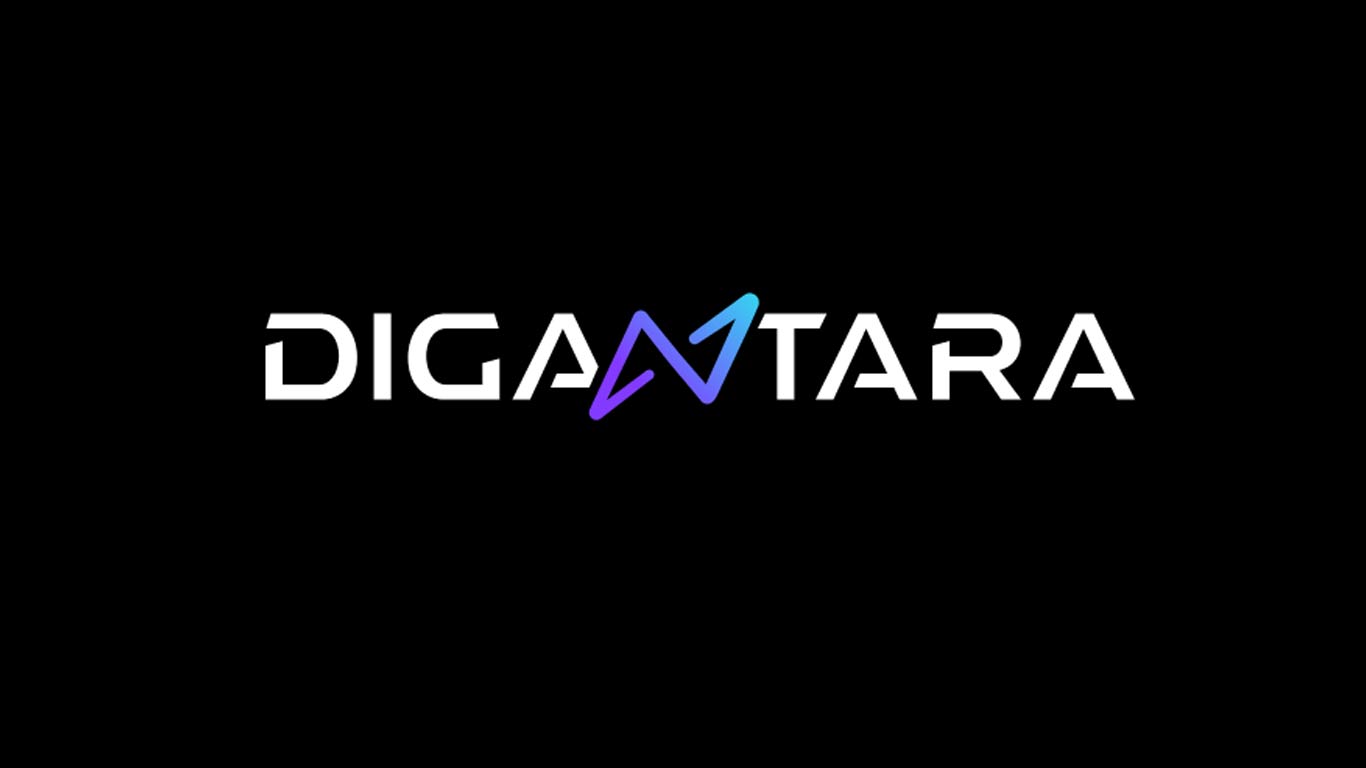SEBI tightens disclosure and review norms for CRAs; issues norms for enhanced disclosures
Updated: Nov 14, 2018 08:12:10am

SEBI tightens disclosure and review norms for CRAs; issues norms for enhanced disclosures
New Delhi, Nov 14 (KNN) The Securities and Exchange Board of India (SEBI) has tightened disclosure and review norms for credit rating agencies (CRAs) and ordered CRAs to analyze deterioration in the liquidity conditions of an issuer.
The move comes after the firms failed to raise timely red flags ahead of the collapse of IL&FS, one of the top shadow banking firms of India.
Issuing the directions, SEBI ordered CRAs to analyze deterioration in the liquidity conditions of an issuer while monitoring its repayment schedules and taking into account any asset-liability mismatches.
The regulator also said CRAs should disclose parameters such as liquid investments or cash balances, access to any unutilized credit lines and adequacy of cash flows in a specific section on liquidity.
Over their failure to proactively flag financial problems at Infrastructure Leasing and Financial Services Ltd's (IL&FS) until after a subsidiary defaulted on some of its debt this year.
To enhance the quality of disclosures made by the CRAs, SEBI issued guidelines for enhanced disclosures by credit rating agencies as an attempt to bring about greater transparency.
While CRAs are required to monitor and analyse the relevant factors that affect the credit worthiness of an issuer and discuss the same in the rating notes considered by the rating committee for assignment of ratings, such relevant factors may also be suitably incorporated in the press release regarding the rating action, said SEBI in its guidelines.
The press release shall include a specific section on ‘liquidity,’ which shall highlight parameters like liquid investments or cash balances, access to unused credit lines, liquidity coverage ratio and adequacy of cash flows for servicing maturing debt obligation. Credit rating agencies shall also disclose any linkage to external support for meeting near-term maturing obligations, it added.
In order to enable investors understand underlying rating drivers better and make more informed investment decisions, agencies are asked to make specific disclosures in the section on analytical approach.
This includes infusion of fund from parent group or the government for servicing debt and providing rationale in case subsidiaries or group companies are consolidated for rating action.
Rating agencies have received flak for their failure to proactively raise red flag over financial troubles in several companies before the default. A series of defaults at IL&FS triggered sharp declines in the stock and debt markets spreading fears of contagion within the financial sector and prompting the government to step in and take control of IL&FS.
For reviewing rating criteria, Sebi has asked ratings agencies, to assess inter-linkages of holding company and subsidiaries, holding company’s liquidity, financial flexibility and support to subsidiaries.
“While carrying out ‘monitoring of repayment schedules’, these agencies shall analyse the deterioration in the liquidity conditions of the issuer and also take into account any asset-liability mismatch. While reviewing ‘material events’, they may treat sharp deviations in bond spreads of debt instruments vis-à-vis relevant benchmark yield as a material event,” Sebi said.
Sebi has also asked credit rating agencies to publish information about historical average rating transition rates across various rating categories, to help investors understand the historical performance of the ratings assigned by these agencies.
“Accordingly these agencies shall publish their average one-year rating transition rate over a 5-year period, on their respective websites, which shall be calculated as the weighted average of transitions for each rating category, across all static pools in the five-year period,”
The credit rating agencies are also required to furnish data on sharp rating actions in investment grade rating category to stock exchanges and depositories on half-yearly basis, within 15 days from the end of half year on March 31 and September 30.











